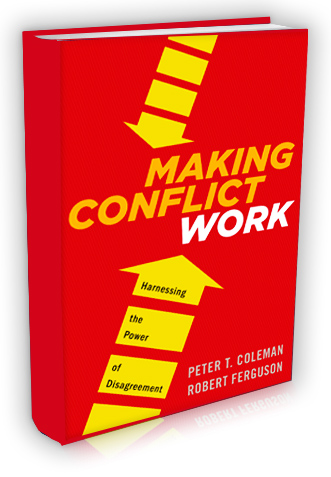People regularly ask us “who are your clients?” The answer is broad. We help people work better together is not just a tagline. it is truly what we do. We’re business consultants. In this sense, any business or organization with employees and leaders qualifies. Throughout decades, Raleigh Consulting Group has worked with businesses big and small, next door and abroad. As small as less than 10 employees and as big as a few thousand workers. The field in which these businesses are in–bio pharma, education, insurance, finance, marketing, doesn’t matter because we won’t come in and tell you how to create better medicine or what financial strategies to develop. Instead, we focus on our field of expertise; people, business strategies, leadership, teams, among other business categories.
Most business owners and top leadership are often too focused on the day-to-day tasks of running their business (as they should be) that they overlook the morale of their organization. They don’t notice that their departments aren’t communicating well. Sometimes they miss the mark when it comes to inspiring and empowering their employees to do their best, independently, until problems arise. Few potential clients reach out when profits are high and when employee turn-over is down. Most call when there is a “people problem”: Recently hired employees keep quitting, unexpectedly. A new employee is clashing with an existing colleague. Individuals in the organization are rejecting and fear change. It is exciting to see that many companies are starting to see that investing in their teams is just part of building their businesses. Because if they don’t develop and enrich their teams, they’ll leave for an organization that will.
Our ideal client is a decision maker within the organization: A CEO, President, Founder, a VP. Once an issue that affects people in your organization is identified, it is critical to get right to work and find a solution. Reach out today! There’s no issue too sensitive or too big. It’s likely that what-ever you or your business is facing, we’ve encountered it before and have solutions. We’ll help you get through it.

